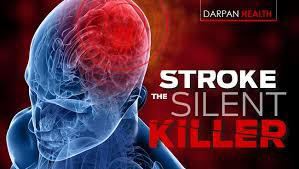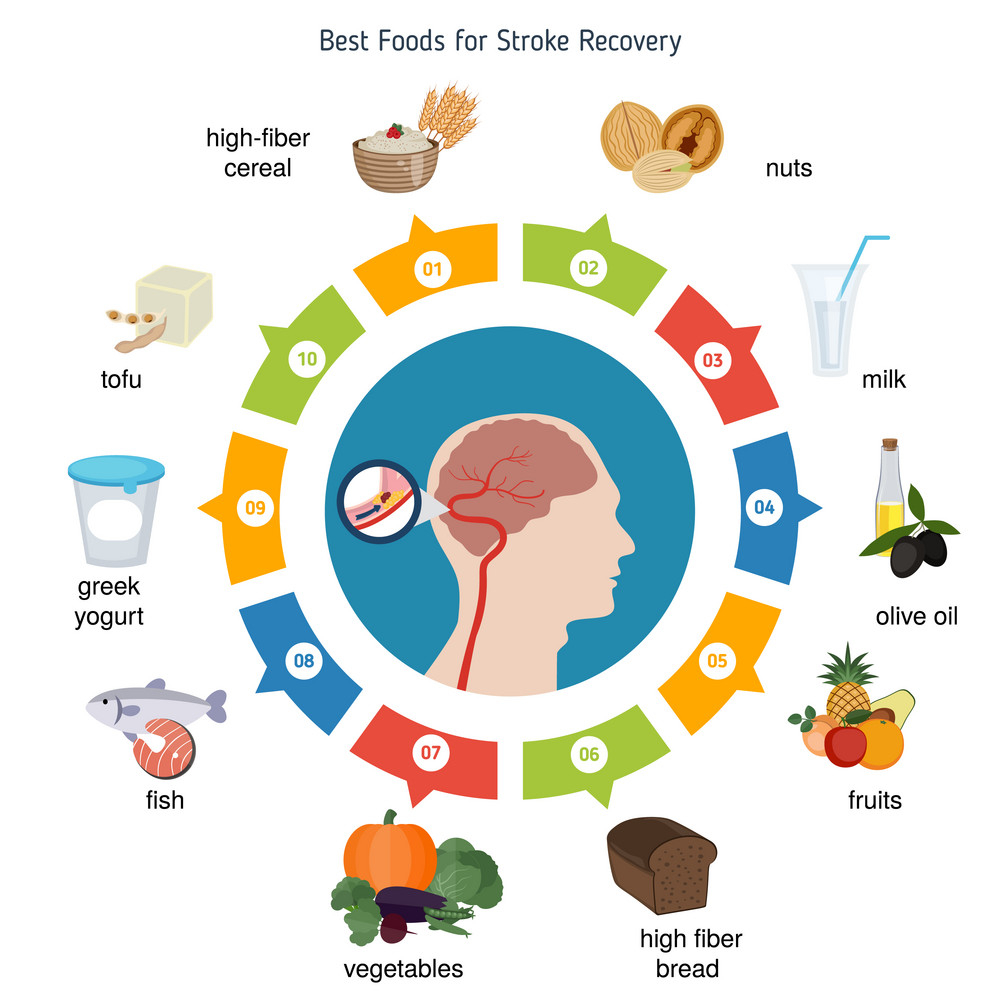 ATC
ATC

Strokes occur when small blood vessels in the brain become blocked or rupture, interfering with the brain's ability to produce the mood-regulating chemicals serotonin and norepinephrine.
Silent strokes don't result in classic symptoms (severe headache, dizziness, loss of motor skills), but are often the precursor to full stroke. Older people who show signs of sudden depression, such as apathy or loss of interest in usual activities, should be closely monitored by their doctors.
Unfortunately, one in three people do not recognize the symptoms quickly enough to benefit fully from state-of-the-art diagnostic methods and treatments for stroke. If you—or someone you know—suffers a stroke, your response time in seeking medical treatment can mean the difference between full recovery and permanent disability or death.
CAUSES OF STROKE
A stroke can be described as a "brain attack" because it occurs when the flow of blood (and the oxygen it carries) to the brain is interrupted. As a result, body functions controlled by these oxygen-deprived brain cells may be weakened or lost.
Ischemic Stroke
These are the more common type of stroke. Here, a blood clot blocks a blood vessel, usually an artery. It is typically painless but causes weakness, paralysis or loss of sensation on one side of the body, loss of vision in one eye, sudden confusion, trouble speaking or understanding and/or staggering or inability to walk.
Hemorrhagic Stroke
This is rarer and more dangerous. Here, a blood vessel bursts, leaking blood into the brain or surrounding area. This usually causes a severe headache, difficulty breathing, nausea and/or vomiting.
Watch for these signs and symptoms
If you think you or someone else may be having a stroke. Pay attention to when the signs and symptoms begin. The length of time they have been present can affect your treatment options:
Trouble with speaking and understanding. You may experience confusion. You may slur your words or have difficulty understanding speech.
Paralysis or numbness of the face, arm or leg.
Trouble with seeing in one or both eyes.
Headache. A sudden, severe headache, which may be accompanied by vomiting, dizziness or altered consciousness, may indicate you're having a stroke.
Trouble with walking. You may stumble or experience sudden dizziness, loss of balance or loss of coordination.
Seek immediate medical attention if you notice any signs or symptoms of a stroke, even if they seem to fluctuate or disappear. Think "FAST" and do the following:
Face. Ask the person to smile. Does one side of the face droop?
Arms. Ask the person to raise both arms. Does one arm drift downward? Or is one arm unable to rise up?
Speech. Ask the person to repeat a simple phrase. Is his or her speech slurred or strange?
Time. If you observe any of these signs, call a Doctor Immediately. Don't wait to see if symptoms stop. Every minute counts. The longer a stroke goes untreated, the greater the potential for brain damage and disability.
Many factors can increase your stroke risk. Some factors can also increase your chances of having a heart attack. Potentially treatable stroke risk factors include:
Lifestyle risk factors
Being overweight or obese
Physical inactivity
Heavy or binge drinking
Use of illicit drugs such as cocaine and methamphetamines
Medical risk factors
Blood pressure readings higher than 120/80 millimeters of mercury (mm Hg)
Cigarette smoking or exposure to secondhand smoke
High cholesterol
Diabetes
Obstructive sleep apnea
Cardiovascular disease, including heart failure, heart defects, heart infection or abnormal heart rhythm
Personal or family history of stroke, heart attack or transient ischemic attack.
Other factors associated with a higher risk of stroke include:
Age —People age 55 or older have a higher risk of stroke than do younger people.
Race — African-Americans have a higher risk of stroke than do people of other races.
Sex — Men have a higher risk of stroke than women. Women are usually older when they have strokes, and they're more likely to die of strokes than are men.
Hormones — use of birth control pills or hormone therapies that include estrogen, as well as increased estrogen levels from pregnancy and childbirth.
PREVENTING A STROKE
Eat a diet that is low in fat.
Exercise regularly.
Eliminate risk factors such as being Overweight and smoking.
See a doctor on a routine basis for blood-pressure checks. Seek regular treatment if you have medical risk factors, such as diabetes or heart disease.
Don't take oral contraceptives if you smoke. If you live with a smoker, consult your doctor to determine whether contraceptives are safe for you.
Avoid over-the-counter diet pills. Most contain ingredients that increase the risk of stroke.
Treating obstructive sleep apnea (OSA).: a sleep disorder in which the oxygen level intermittently drops during the night. Treatment for OSA includes oxygen at night or wearing a small device in your mouth to help you breathe.
Treatment for stroke is most effective when administered within six hours of the onset of symptoms. Seek help immediately if you experience unexplained weakness on one side of the body... loss of vision or double vision... difficulty speaking... numbness on either side of the body... severe dizziness or loss of balance.
EVERY MINUTE COUNTS
If you experience or witness even one stroke symptom, seek medical attention immediately. Stroke victims may be unable to speak to medical personnel, but a family member or friend can help ensure proper care.
An up-to-date list of all medications the patient takes is crucial for appropriate stroke treatment. Put the patient's medications in a paper bag and take it to the hospital.
Take the patient to the nearest hospital.
After discharge from the Hospital notify a physician if the stroke patient develops a fever of 101°F/38.3 or higher. This can be a sign of infection or another serious complication.
NOTE: Up to 30% of stroke patients develop depression. Signs include:
Persistent sadness and/or changes in sleep habits or appetite. Such patients should consult a psychiatrist or other experienced psychotherapist.
BRAIN DISEASES
The two most serious brain diseases are stroke, and Alzheimer’s disease, most strokes can be thought of as “brain attacks”—like heart attacks, Alzheimer’s is more like a mind attack.
Alzheimer’s disease is one of the most physically and emotionally burdensome diseases, for both sufferers and caregivers. Unlike stroke, which can kill instantly and without any warning, Alzheimer’s involves a slower, more subtle decline over months or years. Instead of cholesterol-filled plaques in your arteries, plaques made of a substance called amyloid develop in the brain tissue itself, associated with the loss of memory and, eventually, loss of life. While the pathology of stroke and Alzheimer’s are different, one key factor unites them: Mounting evidence suggests that a healthy diet may help prevent them both.

